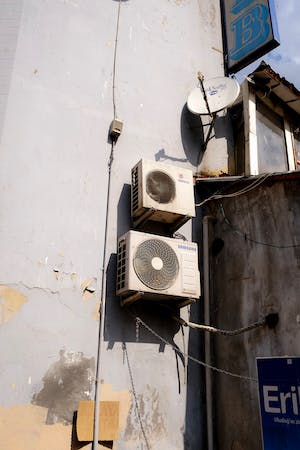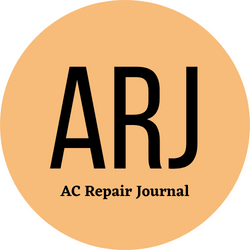How Does Air conditioning Work?
by siteadmin

Understanding the operation of your air conditioning system is important for selecting an efficient system that meets your individual requirements.
Air conditioners use phase-conversion processes to convert liquids refrigerants to gases and back for cooling purposes. This provides three times the amount of energy as a compressor is able to move.
Refrigerant
Refrigerator liquid is an important component of air conditioners. It absorbs the heat in a room before dissipating this heat outside.
Refrigerator fluid is a liquid with a lower boiling temperature than water. It vaporizes quickly and efficiently in the atmosphere, requiring much less energy.
The first part in the refrigeration cycle is called compression. A compressor compresses liquid and turns it into a gas. This raises its temperature and increases temperature by one degree.
The refrigerant travels through the pipes of a condenser and is cooled by fans.
Once the refrigeration system in your house has cooled the refrigerant enough, it will return to the compressor. This cycle will continue until your home’s metering devices indicate that temperatures are exactly where you want them to be.
Compressor
Compressors help air conditioning systems work efficiently. By pumping coolant through your system they allow it absorb heat and release outside. Without compressors your home's temperature could only cool down to a certain preset level.
The compressor consists of a metal container that has two openings. One is for the refrigerant coming from the evaporator. Another is to release pressurized coolant through its condenser. There are a variety of compressors available, including reciprocating or scroll models.
Reed valves within a refrigerator regulate the gas flow. These valves need to be firmly seated in order to function properly. A poorly seated intake reed could allow refrigerant flow into the lowside pressure system. This would increase lowside pressure and reduce cooling.
Condenser
Condensers often go unnoticed, but are an important part of any AC system. This unit is placed outside on your rooftop or yard and works to cool your house by absorbing, then dissipating, heat depending on what season it is.
Heat transfer principles allow your air conditioning condenser to convert gas into liquid. When heat is generated, it always transfers to colder substances that can absorb the energy more quickly than it.
You can check your refrigerant's temperature by looking at it, and comparing its temperature to the ambient air temperatures. If it falls below its expected range, this could indicate that the cooling performance of your AC has become inadequate.
If your condenser suddenly starts to malfunction, it's best to contact a professional. This can prevent further problems in the future. It is also a good idea to replace condensers and other key components in older AC systems.
Evaporator
The evaporators coils of an air conditioner work with the condenser to deliver heating and cooling.
As liquid refrigerant enters the evaporator coil it quickly transforms to vapor, absorbing heat. This process is called change of state.
The evaporator is the key component of any air-conditioning unit. If you don't provide enough refrigerant for them to expand, your cooling system will be inefficient, and you may end up paying more electricity.
The coils must remain clean to perform at maximum capacity. Any buildup could reduce their efficiency in absorbing and dissipating heat, increasing your energy bill and decreasing indoor comfort.
https://www.hvacparkcityut.com/
heat pump service park city ut
Understanding the operation of your air conditioning system is important for selecting an efficient system that meets your individual requirements. Air conditioners use phase-conversion processes to convert liquids refrigerants to gases and back for cooling purposes. This provides three times the amount of energy as a compressor is able to move. Refrigerant Refrigerator liquid is…
Recent Posts
- All Temp Air Conditioning & Refrigeration Offers Top-Notch Refrigerator Repair Services in Tampa
- Got Flow Plumbing and AC: Bringing Cool Comfort to Houston, TX with Efficient AC Installation services
- Got Flow Plumbing & AC Unveils Cutting-Edge Services Transforming the HVAC Landscape in Houston
- Optimizing Home Comfort: Heating and Air Services in Statesboro, GA
- Maximize Your Savings: Get Money Back on Taxes with Our Exclusive Stove Promo
